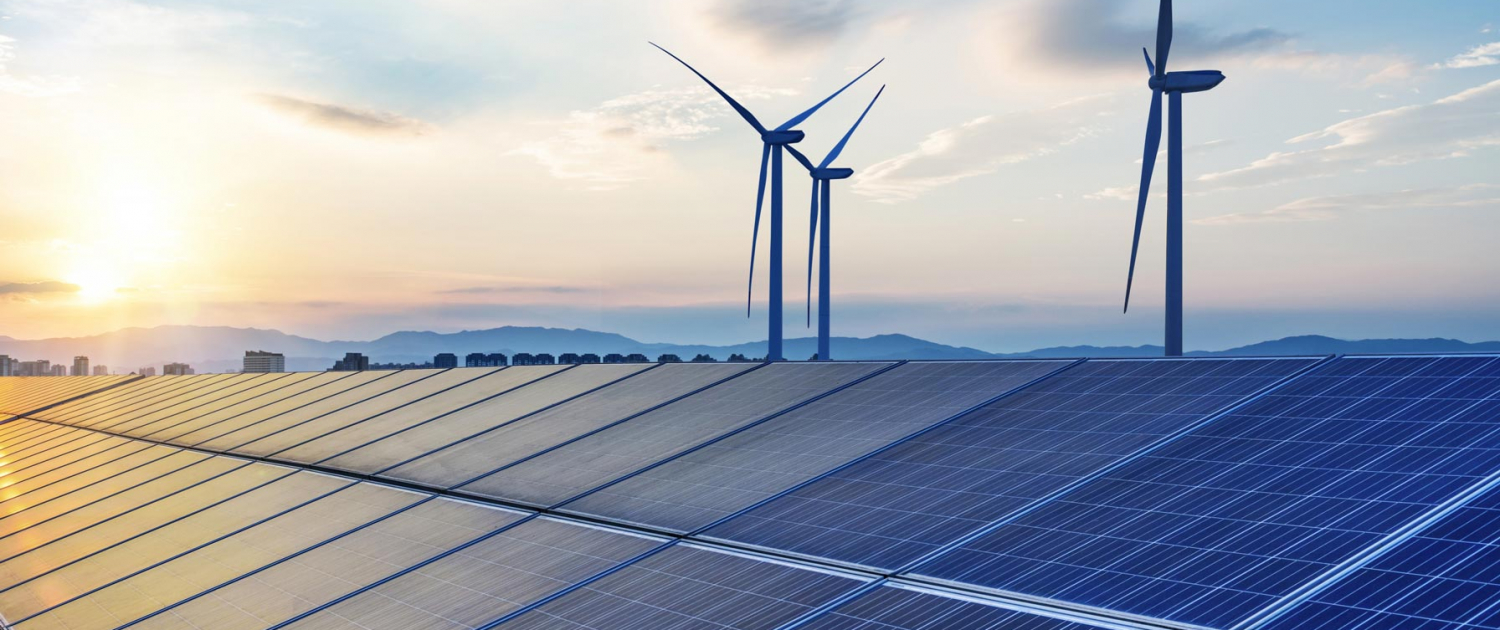EU APPROVES NEW ENERGY MARKET REGULATIONS; ADDITIONAL PROPOSALS UNDERWAY
Note: This is a sneak-peak into the exclusive EU Energy Transition Report published by the The Transatlantic Sun & Wind Belt. To sign-up for the complete report click here:
by The Transatlantic Sun & Wind Belt
Policy: To address rising energy prices, the European Commission has proposed a range of emergency regulatory measures. A first set of three key proposals has already been approved by its member states while further proposals are currently being debated.
Context: The energy market situation in Europe had already been under pressure because of a tight supply situation after the COVID-19 pandemic. As Russia has continued to manipulate gas supplies, cutting off deliveries to Europe, prices for electricity and gas have rocketed. Market prices for electricity and gas have more than quadrupled compared with the previous year. For this reason, the European Commission had communicated a range of short-term market interventions and long-term improvements to the electricity market design and the REPowerEU Plan in Spring 2022. Due to the continuous rising prices and the upcoming winter months, the Commission and Member states agreed in September reduce electricity demand and capture unexpected energy sector profits to distribute more revenues to citizens and industry.
Measures that have been agreed on so far:
- Reduce electricity demand: Electricity consumption is to be reduced by at least 5% during selected peak price hours. Overall electricity demand is to be reduced by at least 10% until 31 March 2023.
- Revenue cap: A cap on excess revenues will be applied to power plants that do not use gas to produce electricity, such as solar, wind, nuclear, hydropower and lignite. The cap will be set at €180 per megawatt-hour. However, member states are allowed to cap the revenue even below €180 and to differentiate by technology. The estimated €117 billion in additional profit shall be used to reduce consumer costs.
- Solidarity mechanism: To partially capture the surplus profits made by fossil fuel companies (crude oil, gas, coal and refinery), member state authorities will be allowed to impose a 33% levy on the profits made by these companies in the 2022 fiscal year – but only if the profits represent a 20% increase compared to the average since 2018.
Additional measures proposed by the EU Commission:
- Joint Purchasing: Aggregation of EU demand and joint gas purchasing to negotiate better prices and reduce the risk of Member States outbidding each other on the global market, while ensuring security of supply across the entire EU;
- Addressing high gas exchange prices: Advancing work to create a new LNG pricing benchmark by March 2023; and in the short term proposing a price correction mechanism to establish a dynamic price limit for transactions on the TTF gas exchange, and a temporary collar or bandwith to prevent extreme price spikes in derivatives markets;
- Demand reduction: Default solidarity rules between Member States in case of supply shortages, extending the solidarity obligation to Member States without direct pipeline connection to involve also those with LNG facilities; and a proposal to create a mechanism for gas allocation for Member States affected by a regional or Union gas supply emergency.
Timeline: The additional measures proposed by the EU Commission on October 18th still needed approval from European Union member states at the editorial deadline of this report.
Especially the question on how to cap European Gas prices are expected to spur further discussions, as the member states are still split by ‘different views’ on how to best implement the gas cap. Meanwhile, Germany had already announced a gas price break on the national level, highlighting the divide between wealthy EU countries that can accommodate new borrowing and cash-strapped governments that are desperately looking for new funds.


